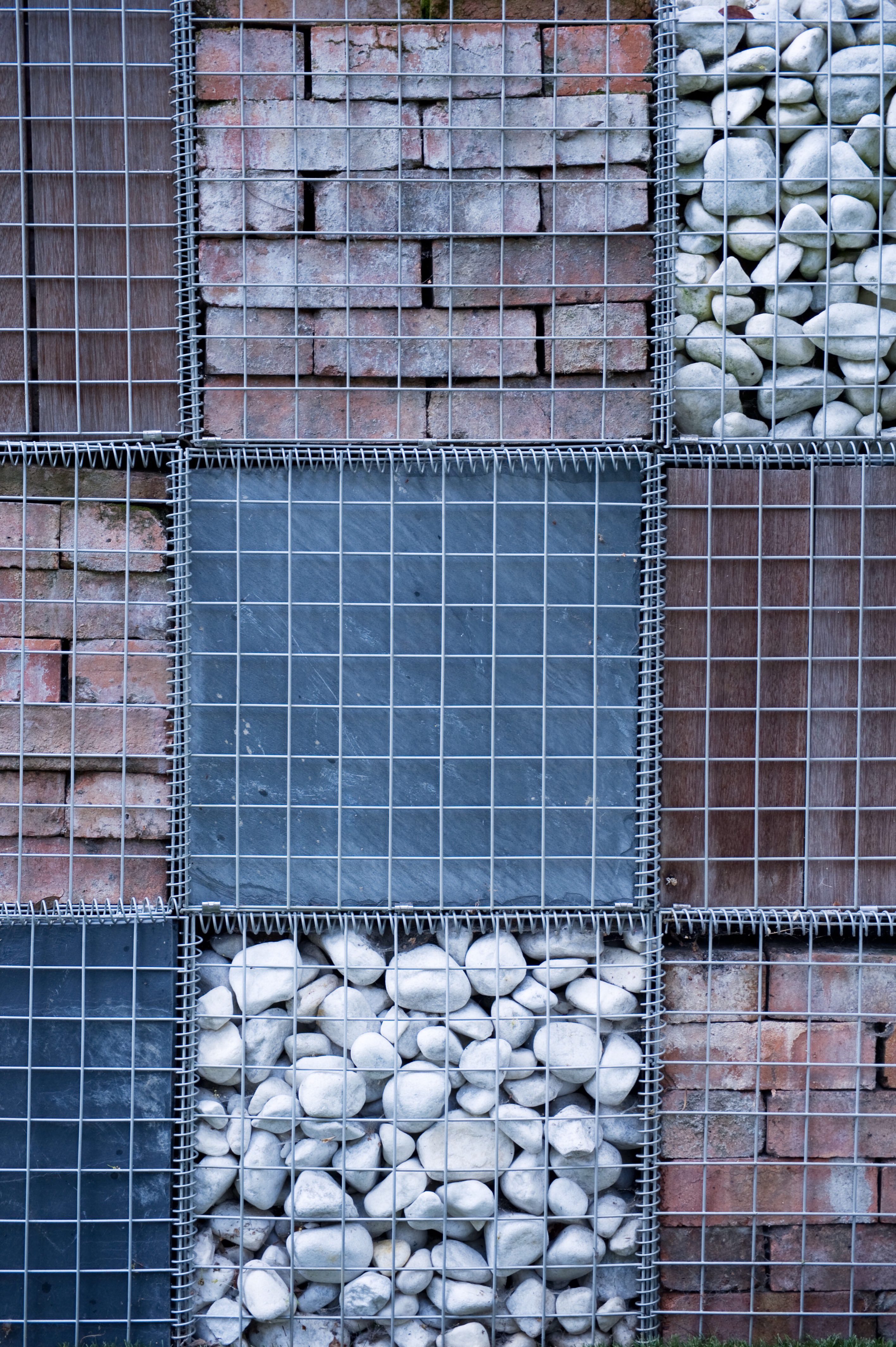Garden Layout Design – Raised Beds

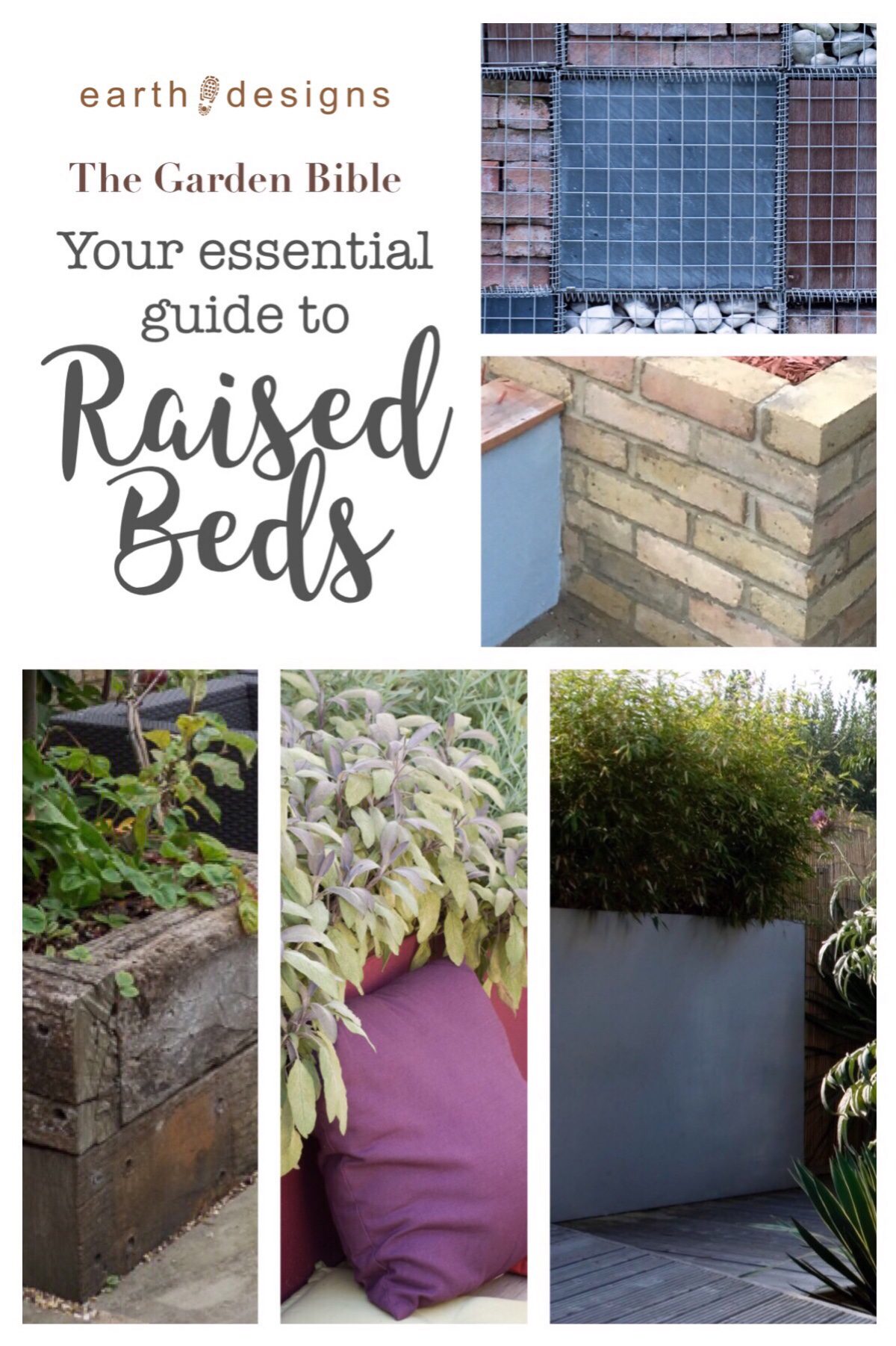
Raised beds are a winner
Raised beds are brilliant in all sized garden layout designs. They really add some sparkle to any space.
They are a great way of growing a wide range of plants and vegetables and can often be problem solvers in difficult sites. If you have a garden that has bad drainage, or you need to terrace the space as the plot is on a slope, these are often the best solutions.
How raised beds are problem fixers:
- Improve drainage
- Add structure to a garden layout design
- Help to grow plants that require specific soil, or that could be invasive
- Help to aid limited mobility
- Help to add interest and texture
- Help with terracing a sloping site
Raised bed rules
- Make sure you have a minimum planting width of 80 cm. Otherwise you’re going to struggle with the variety of plants you can include in your garden layout design. Similarly you need to be able to access it for maintenance. Don’t make it any wider than 1.5 m.
- If you are planting next to a fence, you will need to make sure that the raised bed runs on all four sides. You cannot have wet soil leaning against the fence.
- If you are wanting to attach a seat to the raised beds, the optimum height for a backrest is 90 cm.
- Essentially a raised bed is a giant planter. Consider this when thinking about watering your plants.
- If you live in a conservation area, do you check your local planning regulations to find out if you have any limits to what you can build in the space.
Here we look at some of the materials you can use for constructing your raised beds, The pros and cons and finding the right thing to suit your style.
Railway sleeper raised beds
These are a firm favourite. They are easy to source and to install. Using railway sleepers for raised beds is a great choice as it doesn’t require a lot of skill to install. Available in new treated timber, or in reclaimed, they provide a rustic look to the garden layout design. Make sure the ground is level with your bottom course of sleepers, and bolt together with coach bolts. If using reclaimed sleepers, take care that they are not carcinogenic. Many of them still may contain tar from previous use. In some instances it could be worth lining the sleeper. They are great for creating space efficient sitting in the garden. View more about raised beds here.
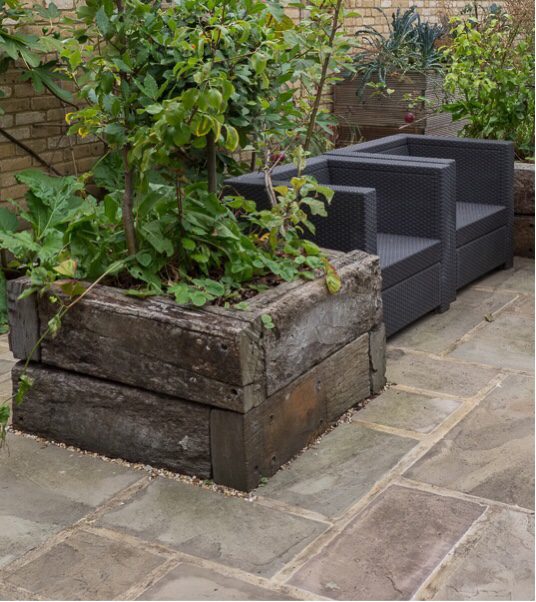
Rendered raised beds
Super popular as they suit a wide variety of garden layout designs. Constructed from lightweight concrete blocks or dense concrete blocks if they are a retaining wall, you would probably need a bricklayer or builder to install for you. Footings need to be dug, but once erected they can be rendered, or clad with an application of your choice. Tiles, feature tiles or Perspex are all excellent choices for a slick contemporary feel. These also make great backrests should you wish to attach a seat. This option allows for winter colour in your garden as you can paint them any shade you like.
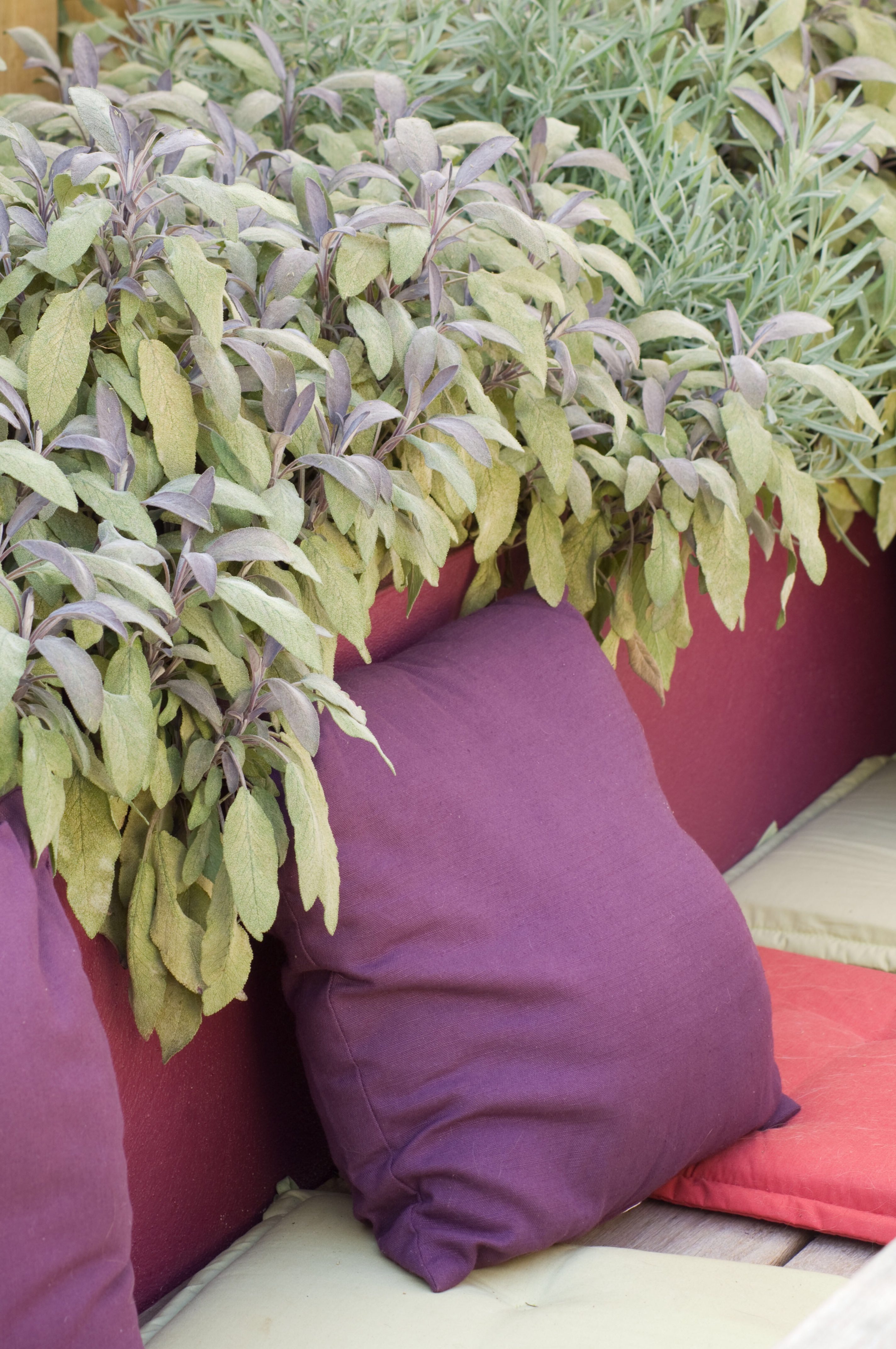
Planters
Many people don’t think of planters as raised beds. However, with a huge range now on the market these are a perfectly acceptable way of raising it up! With preformed planters now coming in pretty much any size or shape, it is a really workable option for a limited skill base or limited time. Whilst the initial outlay might appear costly, once they are delivered all you need to do is put them into position and fill with soil. When ordering, ask the manufacturer to pre-drill drainage holes. With such a wide variety of finishes (check out fibreglass planters) it is also another excellent way to add colour to your winter garden.

Brick raised beds
And oldie, but still a goodie. Bricks will not date, and can work well in both traditional and contemporary garden layout design. They require quite a degree of skill, and you will definitely need to use a bricklayer or builder to install. Again, they can be an excellent backrest for efficient garden seating. I would strongly recommend investing in a good quality, attractive brick rather than engineering bricks which can look ugly. If you are going to render them, engineering bricks will be fine. The benefits of using bricks over blocks for rendering is the finished width.
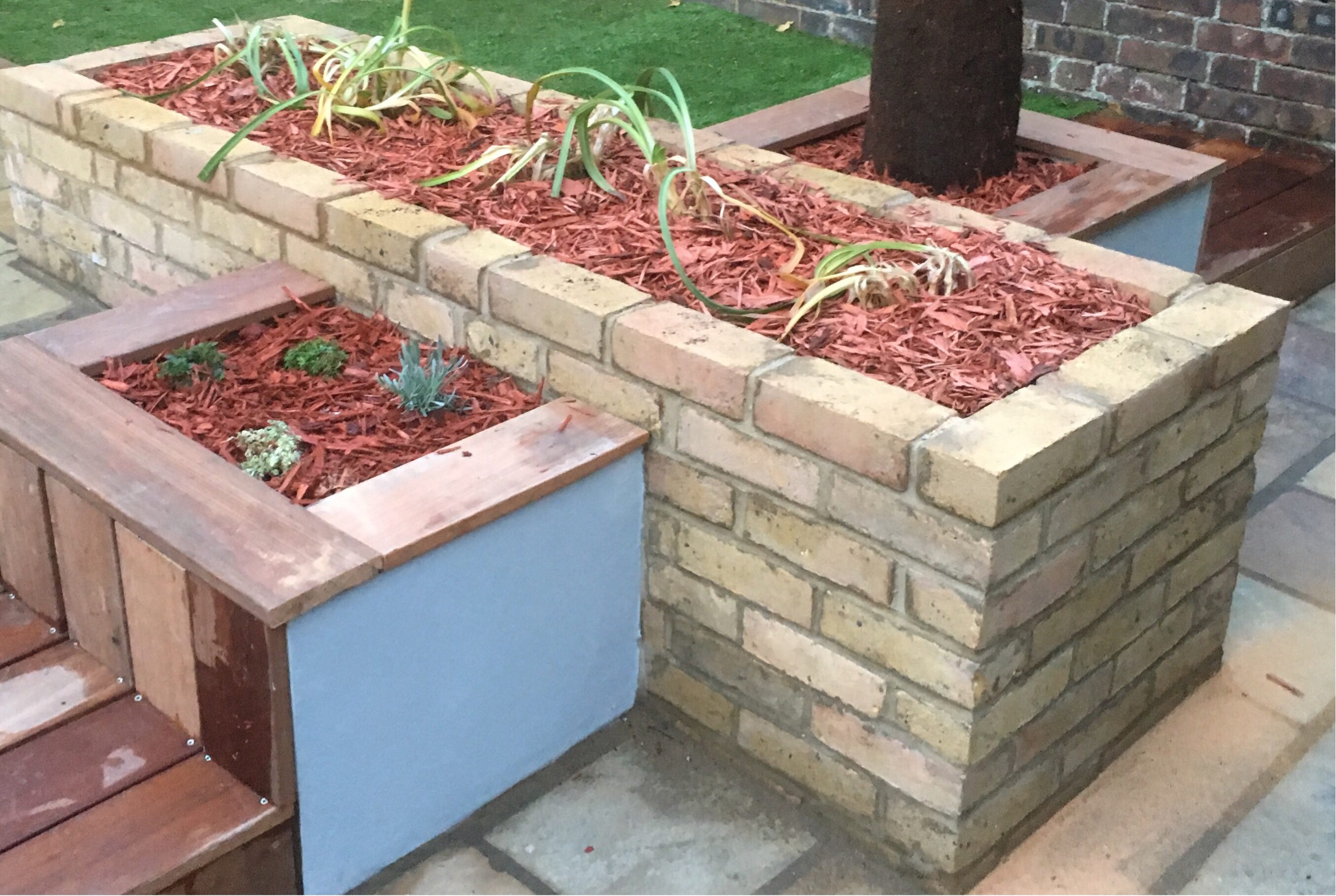
Gabion raised beds
A more modern approach. Not for everybody, but a medium skill level is needed to assemble these wire mesh baskets. Once erected, they can be filled with a myriad of materials to create great texture and a real talking point. Well worth capping with some timber to give a better finish.
